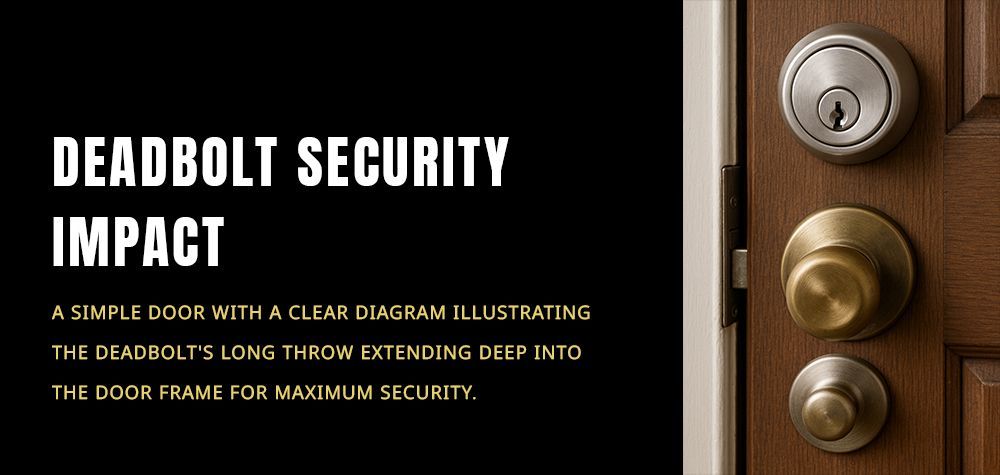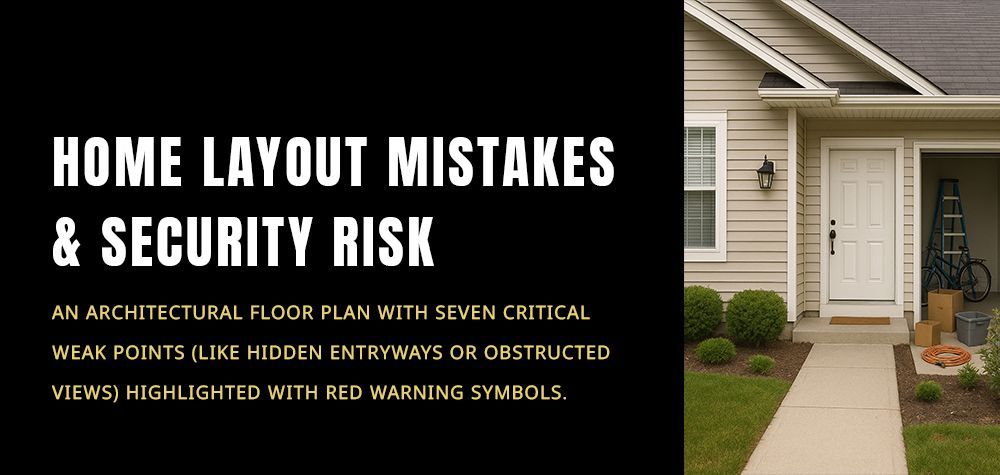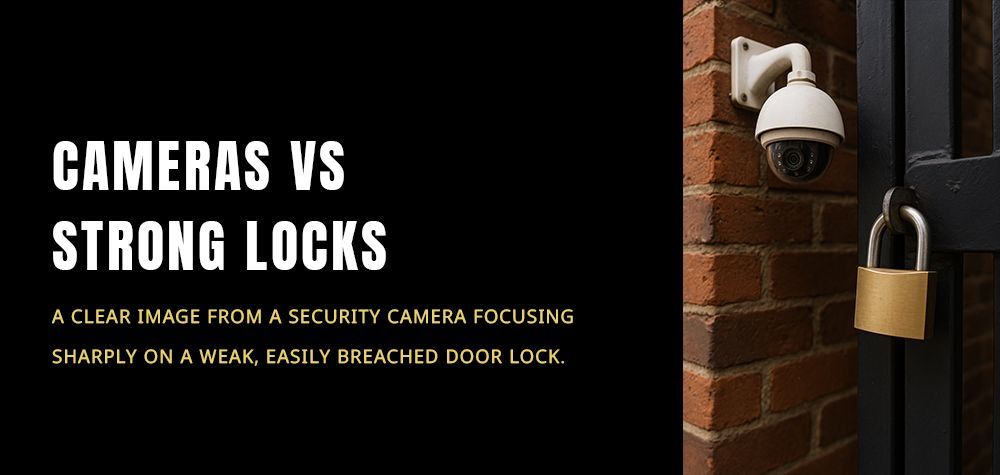How To Change a Commercial Door Lock Cylinder
Changing a commercial door lock cylinder is an essential skill that can help maintain the security of your business premises. Whether you need to rekey the lock, upgrade the security, or replace a worn-out cylinder, this comprehensive guide will walk you through the process step-by-step. By the end of this article, you'll have a clear understanding of how to successfully replace a commercial door lock cylinder.
Before diving into the process, it’s essential to understand what a lock cylinder is and why it might need replacing. The lock cylinder is the part of the lock where you insert the key. It’s a critical component that controls access to your building. Over time, cylinders can wear out, keys can get lost, or you might need to change locks for security reasons, such as after an employee leaves or if a key is misplaced.
Tools You’ll Need to Change a Commercial Door Lock Cylinder
To change a commercial door lock cylinder, you’ll need the following tools:
Screwdriver (Flathead or Phillips): Depending on the screws on your lock.
Allen Wrench: Required for some lock types.
Replacement Cylinder: Make sure it’s compatible with your existing lock.
Lubricant (Optional): To ensure smooth operation after installation.
Step 1: Identify Your Lock Type
The first step in replacing a lock cylinder is identifying the type of lock you have. Commercial locks generally fall into three categories:
Mortise Locks: These are common in commercial buildings and are built into the door.
Cylindrical Locks: These are surface-mounted and used in various commercial settings.
Rim Locks: Typically mounted on the inside of the door, these are less common in commercial use.
Understanding your lock type will help you purchase the correct replacement cylinder and guide you through the removal and installation process.
Step 2: Remove the Existing Lock Cylinder
For Mortise Locks:
Remove the Faceplate: Unscrew the faceplate on the door edge to access the cylinder.
Loosen the Set Screw: Locate and loosen the set screw that holds the cylinder in place.
Extract the Cylinder: Use the key to turn the cylinder slightly, then pull it out.
For Cylindrical Locks: Disassemble the Lock Housing: Remove the screws from the inside housing and take off the cover.
Remove the Cylinder Retaining Screw: Locate and remove the screw that holds the cylinder in place.
Pull Out the Cylinder: Carefully extract the cylinder from the lock assembly.
For Rim Locks: Remove the Inside Mounting Plate: Unscrew the plate to access the lock cylinder.
Extract the Cylinder: Unscrew and pull out the cylinder from the lock.
Step 3: Install the New Lock Cylinder
Once you’ve removed the old cylinder, you can install the new one. Ensure that the new cylinder matches the specifications of your lock. Here’s how to do it:
For Mortise Locks:
Insert the New Cylinder: Slide the new cylinder into the lock body, aligning it properly.
Secure the Cylinder: Tighten the set screw to hold the cylinder in place.
Reattach the Faceplate: Screw the faceplate back onto the door edge.
For Cylindrical Locks: Insert the New Cylinder: Place the cylinder into the lock assembly.
Secure the Cylinder: Reinstall the cylinder retaining screw.
Reassemble the Lock Housing: Place the housing cover back and secure it with screws.
For Rim Locks:
Insert the New Cylinder: Slide the cylinder into the lock from the inside.
Secure the Cylinder: Screw it into place and reattach the mounting plate.
Step 4: Test the New Lock Cylinder
Before finalizing the installation, it’s crucial to test the new lock cylinder to ensure it works smoothly. Insert the key and turn it several times to check for any resistance or issues. Make sure the lock engages and disengages properly when the key is turned.
Step 5: Reassemble and Finalize
After testing, reassemble any remaining parts, such as the lock housing or faceplate. Ensure everything is securely fastened and aligned. Double-check the lock operation one last time to confirm that the new cylinder is functioning correctly.
Why Changing a Commercial Lock Cylinder Is Important
Changing a commercial door lock cylinder is essential for several reasons:
Security: Replacing the cylinder enhances security, especially if keys are lost or stolen.
Upgrading: A new cylinder can offer better security features, like higher resistance to picking.
Maintenance: Regular replacement can prevent lock failures and extend the lifespan of your locks.
FAQs About Changing Commercial Door Lock Cylinders
1. Can I change a commercial lock cylinder myself?
Yes, with the right tools and knowledge, you can replace a commercial lock cylinder yourself.
2. How often should I replace a commercial lock cylinder?
It depends on usage and security needs, but it’s generally recommended every 5-7 years or after any security breach.
3. Do I need a locksmith to replace a lock cylinder?
While you can do it yourself, a locksmith can ensure it’s done correctly, especially for more complex locks.
4. How do I know if my lock cylinder needs replacing?
Signs include difficulty turning the key, the key not fitting correctly, or visible wear and tear.
5. Can I rekey a commercial lock cylinder instead of replacing it?
Yes, rekeying is a cost-effective alternative if the cylinder is in good condition.
Conclusion
Changing a commercial door lock cylinder is a straightforward process that can significantly enhance your business's security. By following the steps outlined in this guide, you can ensure a successful replacement, whether you’re upgrading your locks or responding to a security issue. Regular maintenance and timely replacement of lock cylinders are key to maintaining a secure and functional commercial property.
Call Us Any Time!






